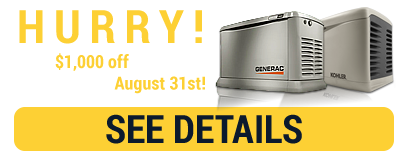John Moore Water Quality Assessment Checklist
How We Identify Plumbing and Water Quality Problems in Your Home
John Moore’s plumbers use the following checklist to accurately assess your plumbing system including your water quality. We recommend that homeowners accompany the plumber while they inspect the home so you can learn what to look for.
Whole House Filtration Process/Water Softener Discussion:
How old is the home?
Reasons for filtration
Homeowner Water quality tour
Goals for water quality, concerns: shampoos, dye, skin, appliance challenges. etc.
Hardness Test and Chlorine Test (free)
Check for Galvanized pipes previous to mid 80s
Drains:
How do you maintain your drains?
Kitchen:
Inspect condition of kitchen faucet
Inspect kitchen sink Drains
Inspects drain pipes below sink
Test hot and cold shut off valves
Inspect supply lines
Test and inspect garbage disposal
Inspect dishwasher
Inspect ice maker service box
Laundry Room:
Inspect sink in laundry room (Test faucet, drain, hot/cold shut off valve)
Test hot/cold shut off valve for washing machines
Inspect shut off valves for washing machines
Icebox:
Inspect ice maker service box
Master Bathroom, Half Baths, and Additional Baths:
Inspect lavatory faucets
Inspect lavatory Drains
Check supply Lines and Shutoff valves
Is there a double lavatory? Are there two sinks?
Check the toilet both inside the tank and shutoff valve and supply line.
Test Shower Valve/Tub shower head and drain
Assess toilet stability
Check for Exposed Pipes
Water Heater:
Test shut off valve for water heater
Confirm age of temperature valve
Confirm age of pressure relief valve
Inspect water heater ventilation
Inspect water lines to and from water heater
Assess water heater pan condition
Inspect sacrificial anode rod (depending on age of water heater)
Check gas connection and electrical connections
Make sure everything is up to code
Outside of Home:
Check the hose bibs
Check main water shut off
Assess insulation of pipes
Inspect clean outs
Check Kitchen/Main line
After completing this checklist, your plumber will sit down with you and your family to present what they found through detailed notes and pictures. Your plumber will offer several options to address your water treatment and plumbing needs that range from good, better, to best. There is no obligation.
- Good is the most cost-effective solution that only addresses the immediate problems at hand, but may not be the most beneficial long-term solution.
- Better helps solve the problem and will be more effective than than the good solution.
- The Best option is the best long-term solution to completely improve your home’s plumbing system including your water quality.
